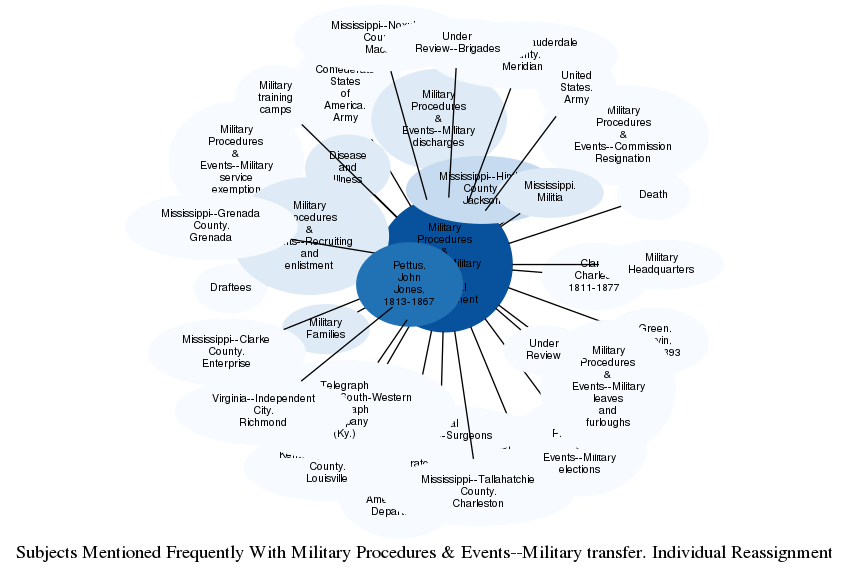Description
Unlike professional soldiers who may rotate through many units during the course of a military career, most Civil War soldiers were civilians who volunteered only for wartime service and expected to serve their military commitment in their original units. Since units were frequently raised among citizens of a local area, soldiers usually had great pride in their state and regimental affiliations and wanted to remain with their friends and relatives. Additionally, Union and Confederate armies did not normally send replacement soldiers to old regiments to fill the places of men lost from disease, battle, or desertion (Union and Confederate officials preferred to place new recruits in new regiments). Except for officers, who could receive a promotion and transfer to a new command, it was relatively rare for individual soldiers to transfer to a different unit during the Civil War.
Incidents in which soldiers did transfer into other existing units occurred due to special circumstances. Examples involved direct requests by individuals seeking membership in units with relatives or to leave a unit based upon discontent with the officers. Some requested transfer to a unit with a specialized assignment, or to switch from state guard service to national service or vice versa. In some cases, soldiers were transferred to other units for disciplinary purposes or because of variations in enlistment commitments. Both of these latter scenarios occurred with the 2nd Maine Infantry Regiment. More than sixty soldiers from the unit, who had volunteered for three months, became insubordinate when not allowed to return home after ninety days and were transferred to a New York regiment as a commutation of their original prison sentence. Then, when the 2nd Maine Infantry mustered out of service in June 1863, one hundred and twenty soldiers still owed one year of service, and were transferred to the 20th Maine Infantry Regiment to complete their commitment.
Overall, individual transfer to a different unit was uncommon during the Civil War, and typically occurred on account of special circumstances or by special request. (National Park Service; Wikipedia)
Related Subjects

The graph displays the other subjects mentioned on the same pages as the subject "Military Procedures & Events--Military transfer. Individual Reassignment". If the same subject occurs on a page with "Military Procedures & Events--Military transfer. Individual Reassignment" more than once, it appears closer to "Military Procedures & Events--Military transfer. Individual Reassignment" on the graph, and is colored in a darker shade. The closer a subject is to the center, the more "related" the subjects are.